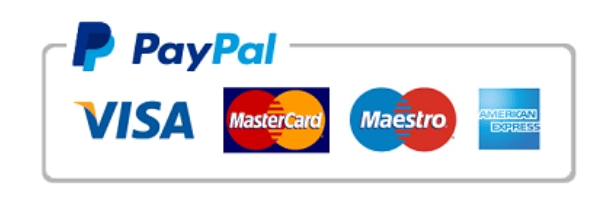The Role of Transcription in Podcasting: From Creation to Distribution
Podcasting has become a dominant force in modern content consumption, offering creators a powerful platform to share stories, knowledge, and entertainment. However, with the sheer volume of podcasts available today, creators face stiff competition for listeners’ attention. To stand out, many podcasters are turning to transcription—an often-underestimated tool that enhances accessibility, boosts audience engagement, and expands reach.
Here, we’ll explore the critical role transcription plays in podcasting, from the creation phase to the distribution strategy, and why it’s essential for podcasters aiming to grow their audience.
Enhancing Accessibility for Diverse Audiences
One of the most significant advantages of transcribing podcasts is its ability to improve accessibility. Not everyone consumes content in the same way. Individuals who are deaf or hard of hearing rely on written text to access audio-based content. By providing a transcript, podcasters ensure that their message is inclusive, reaching audiences who might otherwise be excluded.
Transcripts also cater to non-native speakers who might find it challenging to follow fast-paced dialogue, technical jargon, or accents. By offering written text alongside the audio, podcasters bridge language gaps, making their content easier to understand and enjoy.
Boosting Search Engine Optimization (SEO)
Podcasts are inherently audio-first, which means search engines cannot directly crawl and index the spoken words within an episode. This is where transcription shines. By converting podcast audio into text, creators unlock a treasure trove of searchable keywords and phrases.
When transcripts are published on a podcast's website or blog, they serve as rich, keyword-dense content that improves the site's SEO ranking. This makes it easier for potential listeners to find the podcast when searching for related topics online. For instance, a podcast about "sustainable fashion" that includes a detailed transcript will rank higher in search results when users look for that term.
Improving Content Repurposing
Podcast transcription isn’t just about accessibility and SEO—it’s also a game-changer for content repurposing. Transcripts provide a ready-made foundation for creating derivative content. Podcasters can easily transform their episodes into:
Blog posts
Social media captions
E-books or guides
Email newsletters
This repurposing maximizes the value of each episode, allowing podcasters to reach a broader audience across multiple platforms.
Facilitating Note-Taking and Referencing
Listeners often tune into podcasts while multitasking—during commutes, workouts, or chores—which makes note-taking difficult. A transcript solves this problem by offering a written version of the episode, allowing listeners to revisit key points without replaying the audio.
For podcasters covering educational or research-heavy topics, transcripts make it easier for audiences to reference data, quotes, or insights, thereby increasing the perceived value of the content.
Streamlining Podcast Editing and Collaboration
During the creation phase, transcription is invaluable for podcasters working with teams. Editors, producers, and collaborators can use the transcript as a script to identify unnecessary filler words, refine dialogue, or spot errors. This streamlines the editing process and ensures a polished final product.
Additionally, transcription tools with time-stamping features allow creators to pinpoint specific moments in the audio quickly, saving time during editing or when revisiting past episodes.
Driving Distribution and Social Media Engagement
Once a podcast episode is live, transcription enhances its distribution potential. Social media platforms thrive on bite-sized, shareable content. Transcripts enable podcasters to extract compelling quotes or key takeaways to use as captions, tweets, or video subtitles. This encourages more clicks and shares, driving traffic back to the podcast.
Moreover, platforms like YouTube and Instagram prioritize video content with subtitles. By embedding transcripts or creating captioned teaser videos, podcasters can attract visual-first audiences who may transition into loyal listeners.
Breaking Barriers for International Reach
Transcripts can be translated into multiple languages, opening doors to international audiences. This is particularly important for podcasters tackling global topics or seeking to grow their listener base in diverse regions. Multilingual transcripts allow non-native speakers to engage with the content, regardless of their proficiency in the podcast's original language.
Final Thoughts: Why Every Podcaster Needs Transcription
Transcription is no longer optional in today’s podcasting landscape. From creation to distribution, it plays a pivotal role in enhancing accessibility, improving discoverability, and expanding audience reach. Podcasters who embrace transcription are not just future-proofing their content—they’re building deeper connections with their listeners while opening up new opportunities for growth.
By integrating transcription into your podcasting strategy, you ensure that your message reaches a wider audience, resonates more effectively, and stays relevant in an ever-evolving digital world. So, whether you’re an established podcaster or just starting, now is the time to leverage transcription and unlock your content’s full potential.




